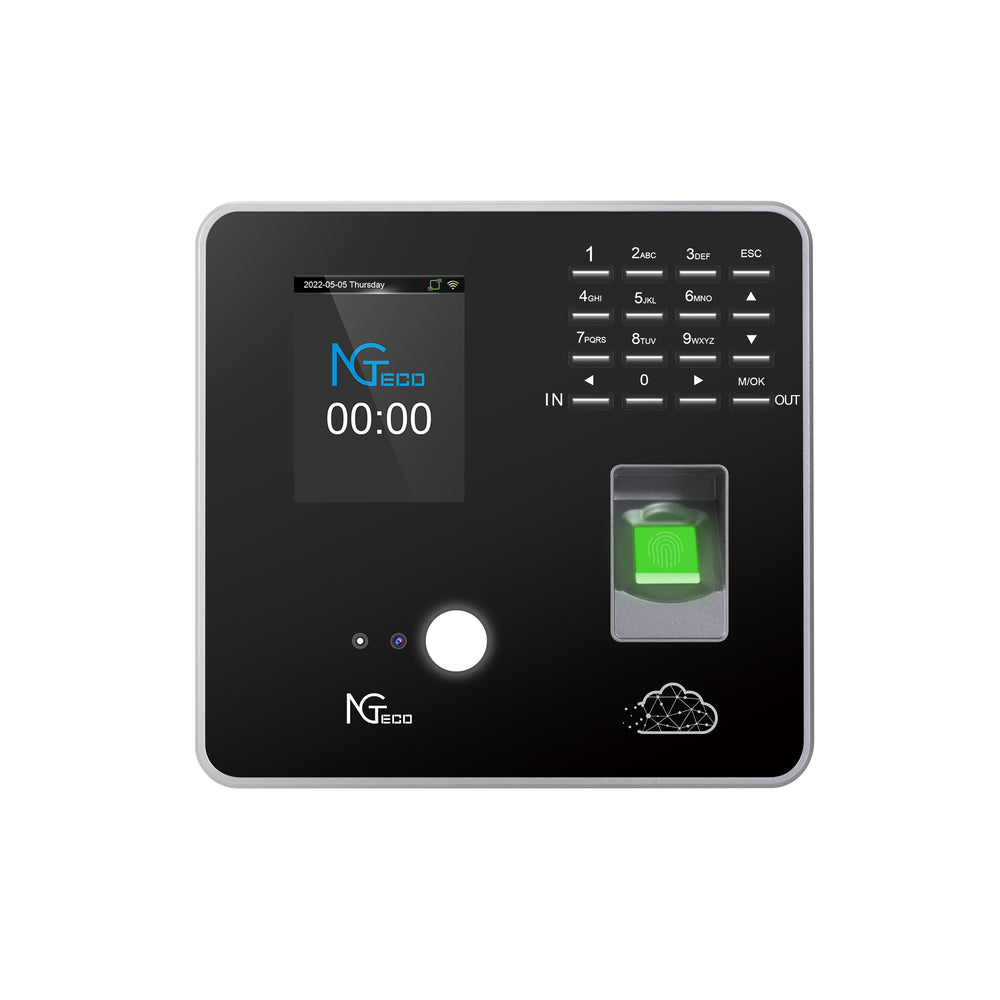Unlock Your Productivity: Discover the Game-Changing Benefits of Time Clock Apps!
In today's fast-paced work environment, maximizing productivity is crucial for both employees and employers. As organizations strive to enhance efficiency and streamline operations, technology plays a pivotal role in transforming traditional practices. One such technological advancement is the time clock app, which has revolutionized how employees track their working hours and manage their time. These apps offer a modern approach to timekeeping, making it easier for businesses to monitor attendance, manage schedules, and promote accountability among employees. In this article, we'll explore the features and benefits of time clock apps, illustrating why they have become an essential tool in the contemporary workplace.

Understanding Time Clock Apps
Time clock apps are digital solutions designed to help employees track their working hours accurately and efficiently. Traditionally, employees would use punch cards or manual time sheets to record their time, often leading to errors and discrepancies. However, with the advent of time clock apps, this process has evolved significantly. These applications utilize various technologies, such as mobile devices and cloud computing, to provide real-time tracking of employee hours. They enable employees to clock in and out from anywhere, ensuring that organizations maintain an accurate record of their workforce's time. The shift from manual timekeeping to app-based solutions not only simplifies the tracking process but also enhances transparency and accountability in the workplace.
Key Features of Time Clock Apps
Time clock apps come equipped with a range of essential features that cater to the diverse needs of modern workplaces. Some of the most notable features include:
- Real-time tracking: Employees can clock in and out at any time, providing employers with up-to-date data on attendance and working hours.
- Mobile accessibility: Many apps are available on mobile devices, allowing employees to manage their time from anywhere, whether they're in the office or working remotely.
- Automated reporting: Time clock apps generate detailed reports automatically, making it easier for employers to analyze time data and manage payroll.
- Integration with payroll systems: These apps can often be integrated with payroll systems, streamlining the payment process and reducing administrative work.
- GPS tracking for remote employees: For businesses with remote teams, GPS tracking ensures that employees are clocking in from approved locations.
These features not only enhance the functionality of time clock apps but also contribute to a more organized and efficient workplace. By offering real-time insights and automated processes, these tools empower both employees and employers to focus on what truly matters: productivity.
Benefits of Using Time Clock Apps for Employees
The implementation of time clock apps brings a multitude of benefits to employees, fostering a more productive work environment. Here are some of the key advantages:
- Increased accountability: Employees can take ownership of their time management, leading to improved accountability and performance.
- Improved accuracy in timekeeping: Automated tracking minimizes human errors, ensuring that employees are paid accurately for the hours they work.
- Enhanced work-life balance: With visibility into their time management, employees can better plan their work hours and personal commitments, promoting a healthier work-life balance.
- Streamlined communication with management: Time clock apps often include features for requesting time off or communicating scheduling issues, fostering clearer communication between employees and management.
- Access to personal time records and analytics: Employees can view their time records and analyze their productivity patterns, allowing them to make informed decisions about their work habits.
From my personal experience, a friend of mine who recently transitioned to a time clock app found that it significantly improved her productivity. She was able to see how much time she spent on various tasks and made adjustments that helped her manage her workload more effectively. This newfound awareness not only boosted her efficiency but also allowed her to enjoy more free time after work.
Implementing Time Clock Apps in Your Workplace
For organizations looking to implement time clock apps, there are several practical steps to consider. First, it's essential to choose the right app that fits the specific needs of your business and workforce. Evaluate features, user-friendliness, and integration capabilities with existing systems. Once you’ve selected an app, provide comprehensive training for employees to ensure they understand how to use it effectively. Additionally, it's crucial to ensure compliance with labor laws regarding time tracking and reporting. By taking these steps, organizations can facilitate a smooth transition to a more efficient time management system.
Embracing Efficient Time Tracking Strategies
In summary, time clock apps are transforming the landscape of employee time tracking, offering features that enhance productivity and accountability. As we've explored, these apps not only simplify the process of timekeeping but also provide significant benefits for employees, such as improved accuracy and work-life balance. By adopting time clock apps, organizations can unlock their workforce's potential, paving the way for a more efficient and satisfied team. If you haven’t considered implementing a time clock app in your workplace yet, now is the perfect time to explore the options available and take the first step toward a more productive future.








